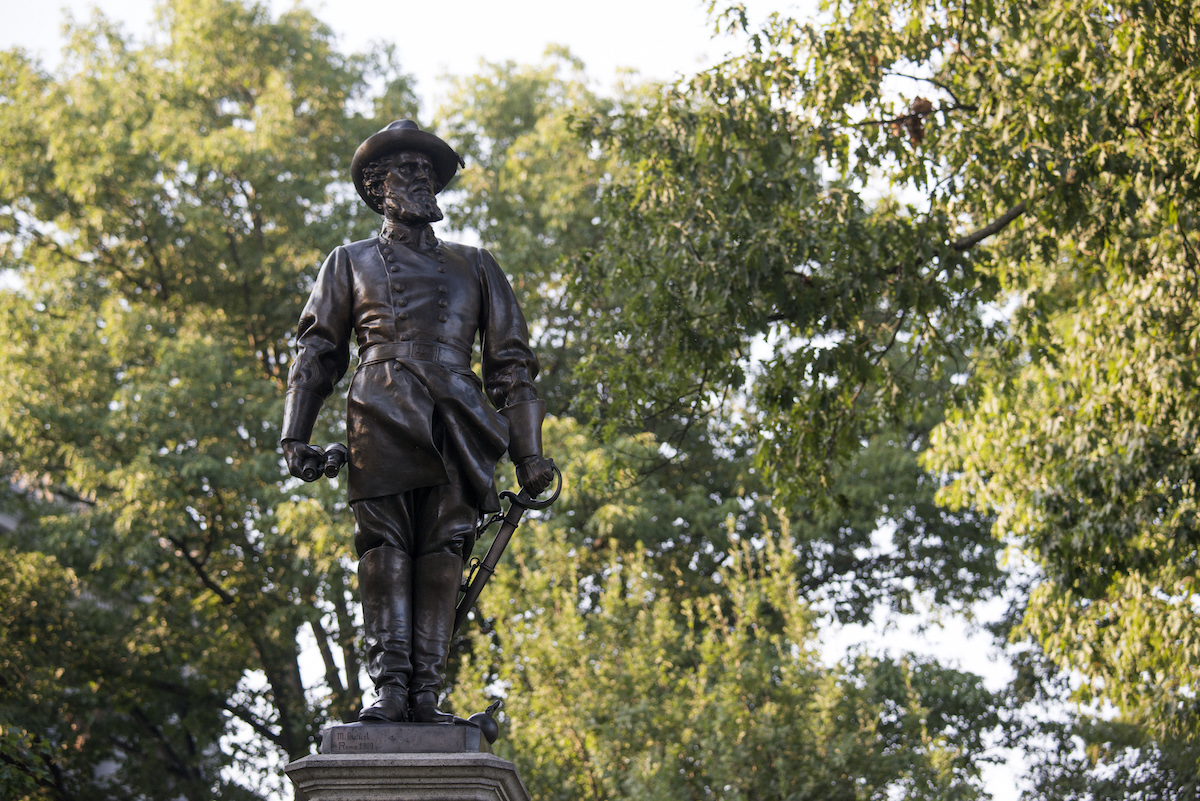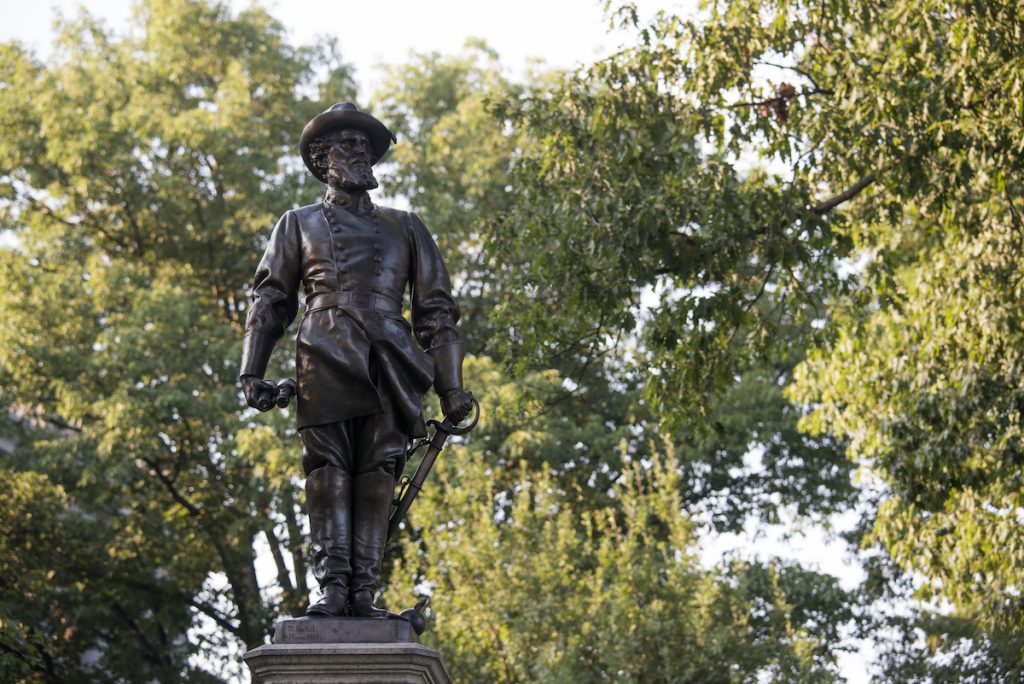Over the weekend, white supremacists gathered for the “Unite the Right” rally to protest the city’s plan to remove statues that honor Confederate figures. When counter-protesters arrived to stand up to these symbols of hate, things turned violent. 20-year-old James Alex Field Jr. – a man who by his senior year of high school was known as “the Nazi of the school” – allegedly drove his Dodge Challenger into a crowd of people, killing Heather Heyer and injuring at least 19 more. Elsewhere, a group of men physically attacked a 20-year-old black man – who ended up receiving eight staples in his head – nearby a police station. Following the disturbing events that took place in Charlottesville, more cities have begun making plans to remove Confederate statues, which has led to increasingly intense debates about whether these commemorative structures have a place in our country.
As one side argues that the monuments are a part of their history that shouldn’t be erased, the other says that removing these figures is about ceasing celebrations of slaveowners, oppressors, and the country’s dark past. Some, like Robert E. Lee’s great-great grandson, suggest moving the statues to museums. “Maybe it’s appropriate to have them in museums or to put them in some sort of historical context in that regard,” Robert E. Lee V said, according to CNN. But it’s perhaps Paraguay that offers one of the most powerful solutions.
In a Facebook post on Wednesday, New York University Professor Tom Sugrue suggested that the US follow Paraguay’s footsteps and turn “a celebration of tyranny into a powerful symbol of resistance.” Though as recently as last year, the country debated whether to remove celebratory plaques praising the late dictator Alfredo Stroessner – who is blamed for the arrests of nearly 20,000 people, the exile of an additional 20,000, and the disappearance of 425 – in 1991, a group took down the structure dedicated to Stroessner in Lambaré Hill.
The then-mayor of Asuncion, Carlos Alberto Filizzola Pallarés, ordered the statue’s removal. On October 7, Carlos and a group of volunteers worked to removed the enormous 16-foot monument and found roadblocks everywhere. No matter what tools they used or how hard they hit the statue, it wouldn’t come down. Hours later, the military intervened, acting on orders from then-President Andrés Rodríguez, according to Ultima Hora. President Rodríguez asked Filizzola to meet behind closed doors the following day.
Immediately after exiting, Filizzola told expectant reporters that the president apologized and that now nothing stood in the way to taking down Stroessner’s statue. It didn’t come easy, but hours later, they succeeded. For four years, the talleres de la Municipalidad stored the statue. Many stronistas tried to recover it, offering the Municipalidad money to have it returned to them. Businessman José Planás pushed hard to get the monument placed somewhere else. But it was artist Carlos Colombino that made the best offer: He proposed turning the oppressive statue into one dedicated to Stroenner’s victims.
He meticulously cut the statue into pieces, but left the most recognizable parts intact. He placed them between two large pillars of cement. The monument was erected in 1995 in the plaza De Los Desaparecidos.
https://www.facebook.com/photo.php?fbid=10103348334846927&set=a.586023736577.2206741.613492&type=3




